California wildfires are, unfortunately, nothing new — but that bright orange sky definitely is. This week on Reactions, they talk with experts who explain the reason behind that Mars-like haze and how climate change is involved.
Video transcript:
[SAM] So in case you missed it, millions of acres in the west are on fire right now.
[DR. KALMUS] Our house is in the middle of smoke. We’ve had smoke for like the last five days. So if you look at the AQI and look at the PM2.5, which is the little tiny particles you can convert that into numbers of cigarettes per day, it’s been approaching sometimes like the health equivalent of smoking a pack a day of cigarettes. It’s not good when it goes into your lungs.
[SAM] One of our animators lives in Portland, so I wanted to check in with her. All right Elaine, what’s Portland like right now?
[ELAINE] Actually, here let me show you. This is what it’s looking like in Portland now. It is creepy and uh super eerie.
[SAM] Alright, stop. Why is it orange? And it’s not just Portland, friends in San Francisco sent me these. Even more orange. Why?
[DR. MARLEY] It looked like a movie, but in the real world, I’ve never seen anything or seen photos of anything comparable to that, because it was this red coming from every angle it seemed. Because the fires were so powerful the fires lofted the smoke very high in the atmosphere and so we had a very high thick coating of soot. The color you get depends on what the soot is made of how big the soot particles are.
[SAM] I called up climate scientist Dr. Peter Kalmus to learn more, and where he lives the smoke is actually so bad that he had to wear a mask inside during part of our interview.
[DR. KALMUS] There’s a kind of scattering called Rayleigh scattering which is when the particle doing the scattering is smaller, significantly smaller than the wavelength of the light that’s coming in, and so you have these small particles from the smoke so blue light gets scattered a lot more strongly than red light.
So if you have all this smoke the blue light can’t even really get into where you are, the red light comes in and then if you have fog, for example, the fog is these really big water vapor particles and it’s going to scatter every wavelength equally but if only the red light can get in, it’s going to be scattering all this red light so you’re going to get this really intense red glow.
[DR. VAHIDINIA] I’ve never seen anything like it either. Yeah it was like the perfect conditions that don’t normally occur, and so you have a layer of sooty particles absorbing and scattering the blue and letting the red in, and then you have a layer of bigger droplets, water droplets, that are right below that soot. It’s like a cake.
[SAM] It’s like a cake. The top layer of the cake—all right, stop. Pro tip: if you get a layered mousse cake from your local national chain grocery store it might not actually have the layers you were expecting— is made of really small carbon-based molecules that you would find in soot. The bottom marine layer is mostly water droplets which are much bigger.
Usually, wildfires don’t produce this much smoke and don’t shoot it so high into the atmosphere, so you don’t see the same layering filtering and fogging effect. Is the cake metaphor helping? I feel like it’s helping. these conditions seem very unusual, but what are the chances that we might see this again?
[DR. KALMUS] In terms of, should we expect more of this? Unfortunately, the answer is a solid yes. The most important factor in these kinds of climate fires is temperature. In southern California we had places that were in excess of 120 degrees Fahrenheit, it shattered records all across southern California, and what that does is it makes it, you know, it’s like a giant sponge that sucks all of the moisture out of fuel.
And this is projected to get worse, that’s the frightening thing. The one thing I do want to say to your audience is that we need massive rapid systems change. You know, no matter how bad this gets it’s always worth fighting as hard as you can to stop it. This is genuinely a life or death emergency.
[SAM] Hey, before you go, PBS Digital Studios and Reactions want to hear from you. We do a survey every year that helps us make more of the stuff you want to see. You even get to vote on potential new shows.

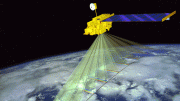
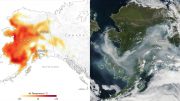
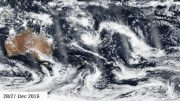
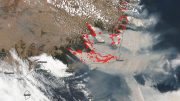
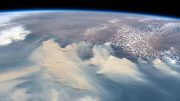
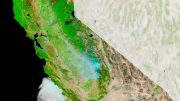
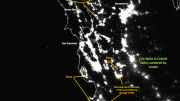
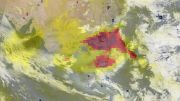
Be the first to comment on "The Science Behind the Bright Apocalyptic Orange Sky That Was Seen on the West Coast [Video]"